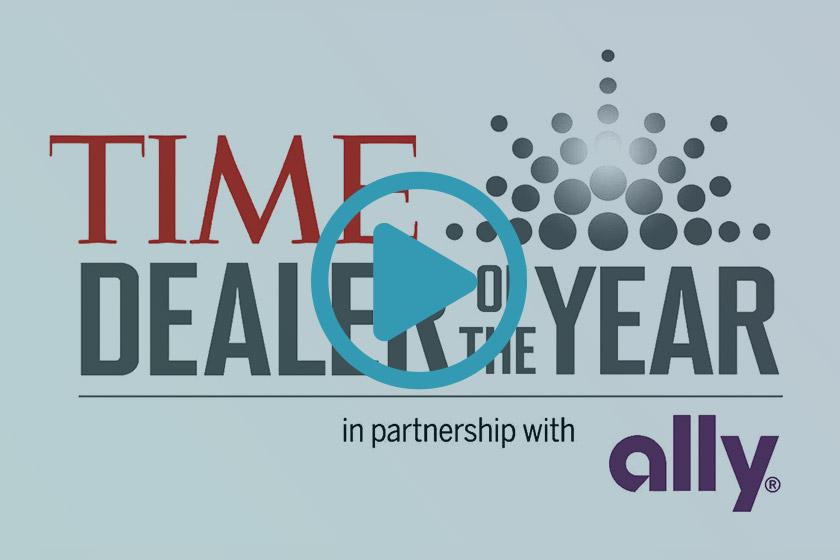With so many choices for how to purchase media, it’s important to take the time and understand all of the options available — so at the end of the day you are choosing the best possible way to reach your customers on the path they take to find you, research your inventory, compare you to other options and choose (or don’t choose) you. Even though programmatic has become the dominant way for digital advertisers to purchase media — according to eMarketer 67% of display advertising, 69% of mobile advertising and 56% of digital video advertising was programmatic in 2016 — it’s always valuable to understand what other methods are available to you.
AND - It’s OK to be unsure about the differences! You’re not alone — over 67%* of CMOs do not entirely understand programmatic or how to apply it to their marketing campaigns. Programmatic is changing advertising, all of the tech talk around algorithms and data science have left some a bit confused about how it all comes together.
DEMYSTIFYING DIGITAL MEDIA BUYING AND SELLING
Programmatic: Buying digital media in an automated fashion, usually through an exchange or a demand-side platform.
Ad Network: A media company that sells inventory across a range of publisher sites to advertisers at a set price. Ad networks work directly with publishers to sell ad impressions that a publisher has not directly sold. It is not programmatic.
Ad Exchange: A technology platform where publishers and ad networks sell their impressions to advertisers programmatically. It is an online auction for ads, similar to how E-Trade is an online marketplace for stocks. Ad exchanges work with multiple seller sources simultaneously to auction off impressions through real-time bidding or programmatic direct. Ad exchanges often connect to DSPs and SSPs, but advertisers can buy from ad exchanges directly.
Demand-Side Platform (DSP): A technology platform that allows advertisers to manage, purchase, and optimize programmatic inventory from multiple ad exchanges and SSPs through one interface. Inventory can be purchased through real-time bidding or programmatic direct.
Supply-Side Platform (SSP): A technology platform that allows publishers to manage, sell and optimize programmatic inventory for advertisers to bid on. SSPs connect to multiple ad networks, exchanges and DSPs at once to maximize the opportunity to sell inventory.
KEY DIFFERENCES AND BENEFITS
Ad Network
Benefits
· Centralized source for inventory — no need to buy from sites individually
Limitations
· Lack of transparency – site reporting often masked
· Fixed CPM – all impressions cost the same regardless of value
· No automation – need to use an IO to contract each buy
What it is:
· Ad networks were the first step in progressing from site direct buys and is essentially a simplified aggregator that allows the ad network to categorize and sell publisher inventory in an easy to understand way.
· The benefit to advertisers is they no longer need to contract dozens of individual sites to reach their audience at scale. The benefit to publishers is they get to sell inventory more effectively than site direct. There are many types of ad networks; most are specialized by vertical, demographic or medium.
Ad Exchange
Benefits
· Transparency – you choose which sites to buy
· Bidding environment – you choose what CPMs to pay
· Data segments – use third party or first party audience data to enhance buy
Limitations
· Limited inventory – you can only access sites within the exchange
· Specific channels – some exchanges specialize in video or mobile, requiring access to multiple exchanges to reach all channels
What it is:
· This digital marketplace was the next step in the evolution of digital media buying after ad networks, focusing on audience buying over site buying. The auction-based environment facilitates buying and selling from multiple sites or ad networks simultaneously, bringing efficiencies and targeting advances.
· Advertisers have better targeting through audience focused buying, greater visibility into purchased inventory and the ability to choose how much to bid.
· Publishers can maximize profit by offering inventory to an ad exchange in addition to an ad network, increasing opportunity for ad sales.
Demand-Side Platform
Benefits
· Multiple inventory sources – DSPs connect to several ad exchanges and SSPs and offer several channels
· Transparency – you choose which sites to buy
· Bidding environment – pay what you think each individual impression is worth
· Data segments – use third party or first party audience data to enhance buy
Limitations
· Steeper learning curve – multiple bidding options allow for greater precision, but it takes longer to master the nuances of buying
What it is:
· Demand-side platforms are the latest phase in digital media buying’s evolution – going beyond site or audience buying and using data in a much deeper way.
· Programmatic has more data available than any other medium, and this can be used to evaluate each impression individually to determine what it is worth.
· Using a DSP provides buyers with more precision to reach the right person with the right message at the right time, by allowing buyers to bid differently on various factors such as time of day, geography, data segment and much more.
· Additionally, DSPs connect to multiple ad exchanges and SSPs, which provide buyers with a one-stop shop to buy all channels from a single source. Publishers benefit from the additional opportunities to sell their inventory.
SHARE THIS ARTICLE:



